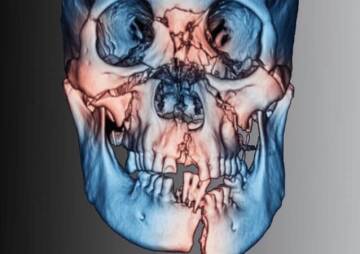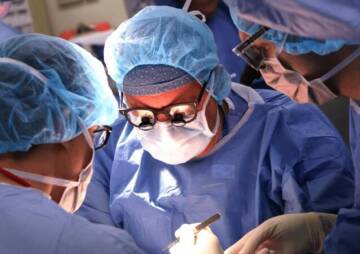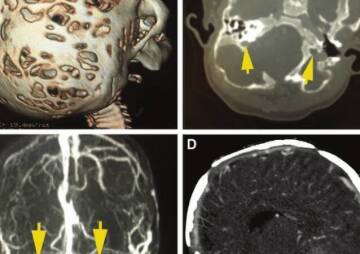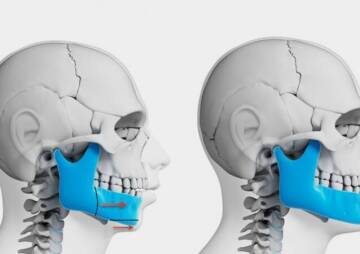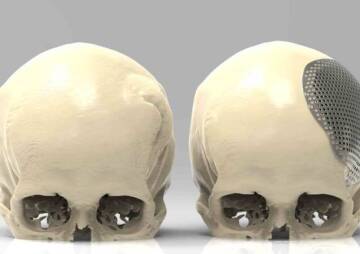-
Category
Craniomaxillofacial Surgery
Orthopedic Surgery
Spine Surgery
Orthopedic Implants
Hip Surgery
Knee Surgery
Pectus Excavatum
Bone Graft
Disinfectants
Healthcare
when cranioplasty is necessary?
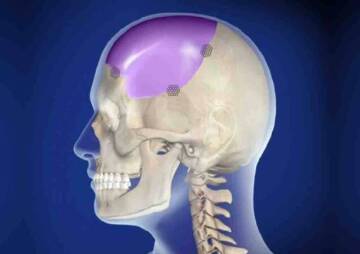
What is the best time for cranioplasty surgery and why should you do it?
Cranioplasty is a type of plastic surgery of the head to correct a skull defect. By restoring the skull, the brain is protected, and the desired beauty will be achieved. On the other hand, cranioplasty accelerates the recovery of the nervous system. Although skull reconstruction seems like a routine and simple procedure, it has a high risk. But when do so many doctors recommend it?
Read about the need for cranioplasty surgery in this article.
What is cranioplasty?
Cranioplasty is a common type of surgery to repair a skull defect. This is usually done after decompressive craniectomy or head injuries. Craniectomy is performed to repair brain damage (TBI), stroke, intracerebral hemorrhage, encephalitis, and venous sinus thrombosis, during which part of the skull bone is removed and returned to its original position after surgery. But sometimes it changes the shape of the skull. In recent years, the popularity of DC for intracranial pressure control has increased. After this operation, cranioplasty is needed to reshaping the skull.
Why is cranioplasty surgery necessary?
The most important goals of cranioplasty are to restore beauty, protect the brain from further damage, and facilitate nerve healing. In addition to these benefits, the patient's self-confidence will increase as the skull resumes to normal. Cranioplasty, on the other hand, can reduce a patient's headaches due to previous surgery or injury.
After craniectomy, cerebrospinal fluid flow is disrupted, venous sinus congestion occurs, and abnormal atmospheric pressure causes terpene syndrome and changes in cellular metabolism. On the other hand, blood flow to the brain decreases due to this atmospheric pressure. In these conditions, cranioplasty improves cerebral blood flow and nerve function in the brain. Cranioplasty surgery increases cerebral glucose metabolism, cerebrovascular storage capacity, regulates blood flow, and cerebrospinal fluid circulation.
Deformity of the skull is sometimes a birth defect that causes the skull to be out of shape. In these conditions, the need for cranioplasty is felt so that children can enjoy the blessings of beauty.
When is the best time to have a cranioplasty?
Cranioplasty is performed after craniectomy when the cerebral edema resolves, the patient's nervous system improves, and the risk of wound infection and delayed hydrocephalus is reduced. It is generally recommended that an interval of three to six months after craniectomy is appropriate for cranioplasty surgery. One researcher in 2015 reported 390.4 days as the average time between cranioctomy and cranioplasty, and other researchers consider less than 91 days after craniectomy to be suitable for cranioplasty. But exactly when it is best depends on the individual patient. [Resource]
Compared to early (before three months) and late (after six months) cranioplasty, early surgery is a better choice. Because in this case, the patient is still in the hospital, and surgery will be easier and with a lower risk of infection, and of course, the risk of brain damage will be reduced. Also, it is possible to perform rehabilitation after this surgery.
What are the side effects of cranioplasty?
The most important complication of cranioplasty is postoperative infection. Blood clots, seizures, and strokes are also rare complications of cranioplasty. Occasionally there are some complications such as pneumonia, heart attack, and urinary tract infections that are not directly related to head reshaping surgery and can occur after any type of surgery.
Several factors play a role in causing these complications, including surgery time of more than 90 minutes, early cranioplasty, age of the patient over 20 years, patient gender (women show more complications), and many more. With the help of an experienced and skilled surgeon, the rate of these complications is reduced.
Is cranioplasty useful?
Despite all the risks for cranioplasty surgery, this surgery is one of the most important operations after brain surgery because, in addition to helping the patient recover faster, it will increase patients' self-confidence. The only important point in performing this surgery is choosing the right and experienced doctor in the field of this type of head plastic surgery.
